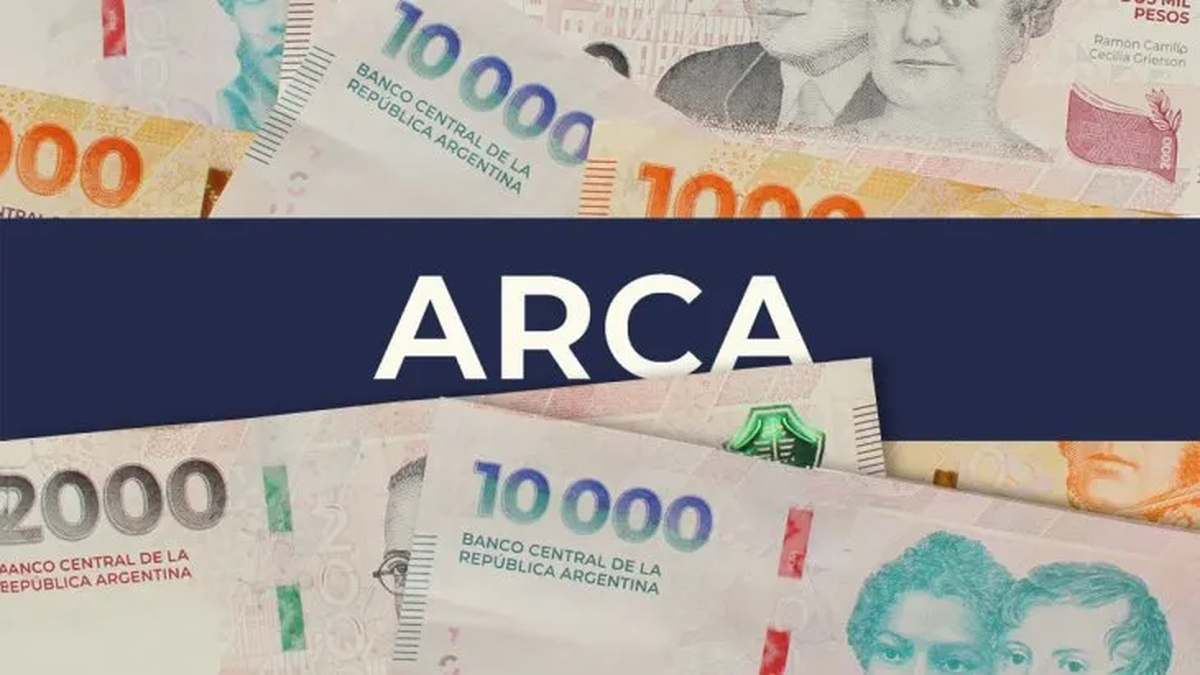Conference of finance ministers
Countries divide infrastructure and credit options
Copy the current link
Add to the memorial list
The state makes massive debt for the expansion of the infrastructure. The countries now agree on how they divide their share. Not only you should benefit.
Billions for construction projects and other infrastructure as well as new credit options: The federal states unanimously agreed on how they want to divide their new debt scope among themselves. The finance ministers propose the Königstein key as a yardstick for both, as the chairman of the Finance Ministers’ Conference, Marcus Optendrenk (CDU) said. He spoke of a factually good and reliable regulation.
It is about debt financed 100 billion euros for the infrastructure in the federal states and municipalities as well as the possibility of taking up debts of 0.35 percent of gross domestic product as federal states in the future – this would be around 15 billion euros this year.
On Thursday evening, Federal Finance Minister Lars Klingbeil (SPD) also took part in the meeting and appealed to the countries to agree quickly. “We are in the starting blocks, the countries now, and we can get started,” said the parliamentary State Secretary in the Federal Ministry of Finance Michael Schrodi.
The prime ministers should now discuss the proposal of the finance ministers. The Bundestag is expected to advise on a bill before the summer break.
The Königstein key is two thirds of the tax revenue and one third from the population of the countries – which is why it is recalculated annually. Accordingly, the most populous state of North Rhine-Westphalia has the largest share of around 21 billion euros.
Schleswig-Holstein’s finance minister Silke Schneider (Greens) spoke of a clear signal. “I assume that the federal government will actually prepare the necessary implementation laws with high pressure, because the countries need planning security.” Germany has enormous catching up to do. It puts the country’s share with just under 3.5 billion euros.
The Rhineland-Palatinate finance minister Doris Ahnen (SPD) spoke of a “decade of investments” in order to bring the public infrastructure into a competitive state. “And the analysis was also clear: such an effort is not possible from the ongoing households.”
The countries agree on how rarely and they require further expenses on site: The corresponding federal-state programs would have to invest further funds from the special fund as well as from the climate and transformation funds in countries and municipalities beyond the pure state proportion.
The municipalities should also benefit from the 100 billion. “The needs on the municipal level are great,” emphasized Anhen.
Funded special funds
Even before the coalition negotiations, the Union, the SPD and the Greens had made it possible for Germany to take up significantly more loans despite the debt brake. The debt brake was relaxed for defense spending. In addition, a special pot was built past the debt brake, which is to be fed with loans of up to 500 billion euros. The repair of the dilapidated infrastructure – i.e. bridges, energy networks, streets or schools – is to be paid from this.
100 of the 500 billion euros flow into climate protection, another 100 billion to the federal states. How the money is divided among the countries must still be regulated in a second law. The new finance minister Lars Klingbeil (SPD) has already announced that he wants to get it on the way quickly – the agreement of the state finance ministers should be fundamental. The law then has to pass the Bundestag and the Federal Council.
The Basic Law also regulates that the federal states have to report to the federal government on the use of the funds – and that the federal government can check whether the money is used for the right purpose.
dpa
Source: Stern
I have been working in the news industry for over 6 years, first as a reporter and now as an editor. I have covered politics extensively, and my work has appeared in major newspapers and online news outlets around the world. In addition to my writing, I also contribute regularly to 24 Hours World.




